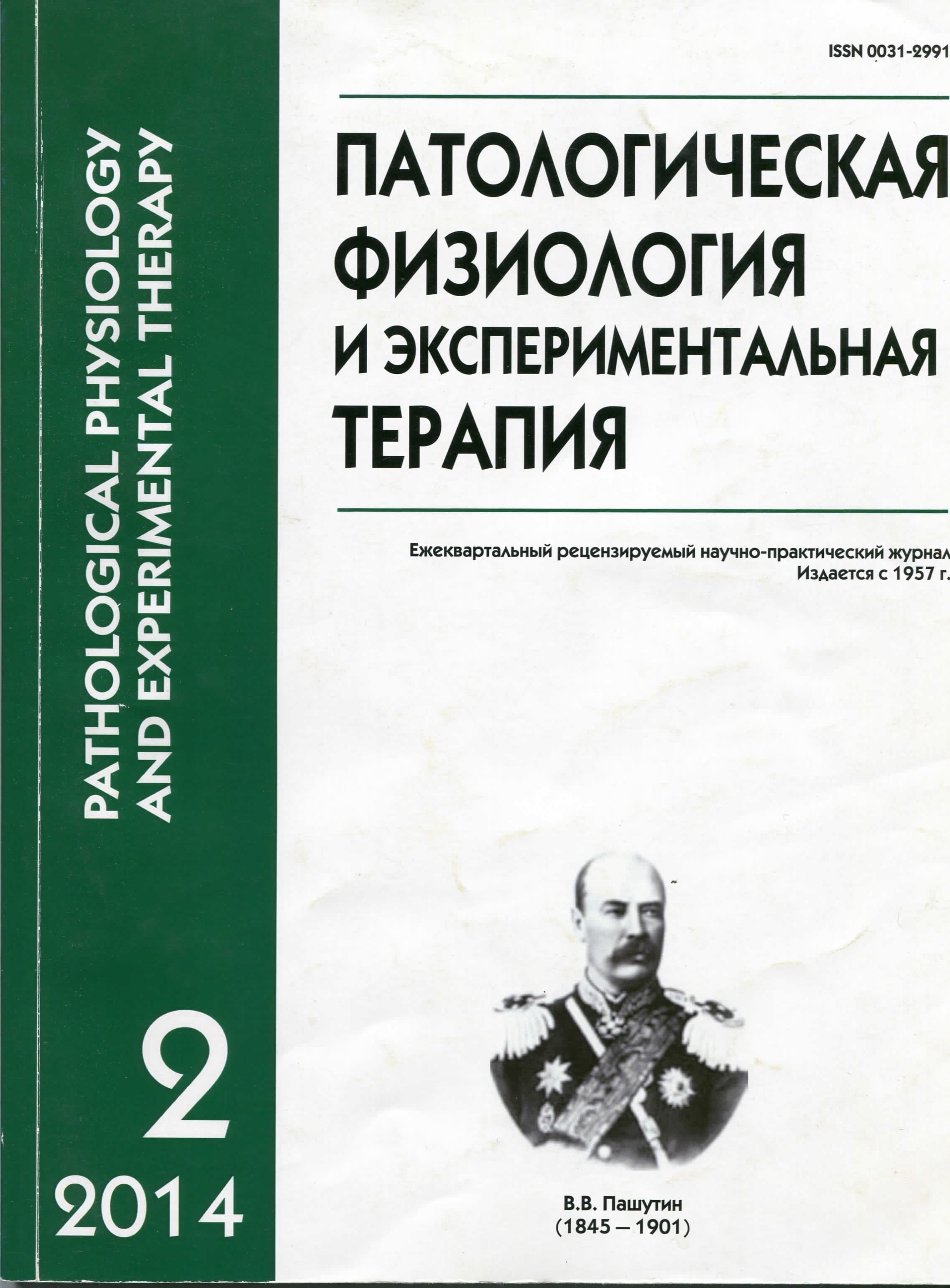Biologycal function of trophology and the pathogenesis of metabolic syndrome — syndrome of overeating. Phylogenetically theory of general pathology, role of leptin and adiponectin
Keywords:
metabolic syndrome, unesterifed fatty acids, fatty cells and adipocytes, leptin and adiponectin
Abstract
Metabolic syndrome (overeating) is a phylogenetically-determined succession of symptoms with the same pathogenesis. There is only one etiological factor, namely, increased consumption of physiologically optimal food. Enterocytes and omental fat cells are a phylogenetically early paracrine-regulated cell community that realizes the biological reactions of exo- and endotrophy. Visceral obesity, high levels of unesterified fatty acids (FA), formation of a pool of micellar FA in the blood, integration of these FA into endothelial cell plasma membrane and enlargement of adipocytes are the causes of hydrodynamic pressure elevation. Toll-like receptors recognize the associates between albumin and greater than physiological number of FA as «foreing» and initiate inflammatory response. «Endoplasm stress» develops in lipid-overloaded cells, protein synthesis (folding) in them is impaired and apoptosis-like cell death is activated. Visceral fat is a phylogenetically early depot of FA to fulfill the biological function of homeostasis, trophology, endoecology and adaptation; it is regulated at the level of paracrine communities and is anatomically limited. The subcutaneous fat depot fulfills the phylogenetically late function of locomotion; the depot size is not anatomically limited. Visceral fat cells have no receptors for phylogenetically late insulin (INS); specialized adipoсyes bearing INS and GLUT4 receptors are cells that form the subcutaneous depot. These cells are regulated by phylogenetically late humoral factors at the entire body level. Leptin is an initiator of humoral hypothalamic regulation of in vivo number of ontogenetically programmed number of visceral INS-insensitive fat cells. It prevents «endoplasm stress» and apoptosis, being designed to regulate the amount of consumed food. Leptin initiates storage of FA from visceral pool into subcutaneous pool. Adiponectin is a phylogenetically late humoral hypothalamic regulatory factor that controls optimal number of fat cells in vivo. Its biological role consists in regulation of the number (proliferation) of insulin-dependent adipocytes in subcutaneous fatty tissue.Downloads
Download data is not yet available.
Published
12-06-2014
How to Cite
Titov V. N. Biologycal function of trophology and the pathogenesis of metabolic syndrome — syndrome of overeating. Phylogenetically theory of general pathology, role of leptin and adiponectin // Patologicheskaya Fiziologiya i Eksperimental’naya Terapiya (Pathological physiology and experimental therapy). 2014. VOL. 58. № 2. PP. 68–79.
Issue
Section
Reviews






